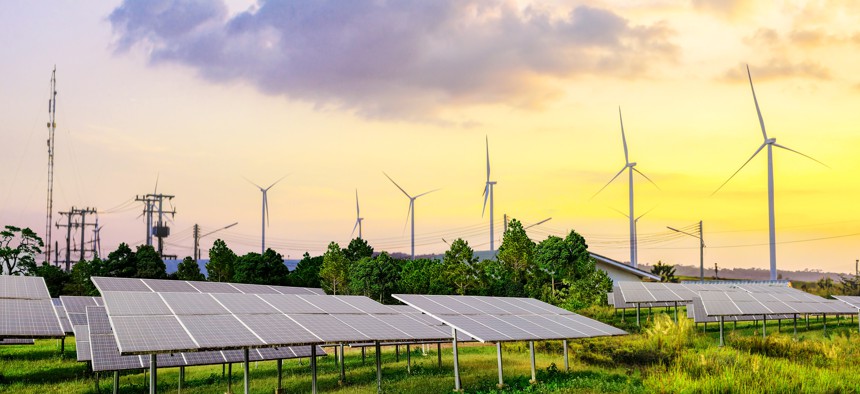Cities With the Least and Most Energy Use

iStock.com/Nuttapon Pundech
San Francisco ranks No. 1 on the City Clean Energy Scorecard while Baton Rouge, Louisiana came in last.
San Francisco is No. 1 on the City Clean Energy Scorecard produced by the American Council for an Energy-Efficient Economy because of its energy-saving kits for residents, a new energy code for residential and commercial buildings and its transportation policies.
The other top cities on the 2021 scorecard released last week are:
- Seattle
- Washington, D.C. (state equivalent)
- Minneapolis
- Boston
- New York
- Denver
- Los Angeles
- San Jose, California
- Oakland, California
ACEEE each year ranks 100 major U.S. cities on their efforts to reduce energy waste in homes and buildings and move toward a cleaner, more equitable power grid. It identifies the leading cities, the most improved localities and those with room for progress. The scorecard ranked cities in five policy areas: communitywide initiatives; building; transportation policies; energy and water utilities; and local government operations.
For the first time, the ACEEE analyzed how cities are making progress toward their transportation climate goals. However, most large cities have yet to implement policies to reduce greenhouse gas emissions from transportation and are not on track to meet their climate goals for the sector, according to an announcement with the list.
The information accompanying the list points to a number of defining for the top cities. For instance, San Francisco launched a new program that provides free home energy saving kits to residents in areas that are disproportionately burdened by multiple sources of pollution and are poor, ACEEE says. The city also updated its energy code for new residential and commercial buildings with requirements that will reduce their greenhouse gas emissions, while also scoring the best for transportation policies.
The scorecard also ranked the most improved cities. Madison, Wisconsin; Charlotte, North Carolina; and Honolulu topped the list as the most improved.
Madison increased its investments in renewable energy and adopted requirements to install electric vehicle chargers in all multifamily and some commercial buildings, while Charlotte created a program to train energy efficiency and renewable energy workers and directed city agencies to purchase efficient vehicles. Also, Honolulu adopted a new climate action plan.
Cities that ranked at the bottom of the list are:
- Baton Rouge, Louisiana
- Wichita, Kansas
- Cape Coral, Florida
- McAllen, Texas
- Provo, Utah
- Augusta, Georgia
- Little Rock, Arkansas
- San Juan, Puerto Rico
While many cities nationwide encountered funding, staffing and other challenges due to the pandemic, a small number adapted clean energy plans and operations quickly and effectively, ACEEE said in a statement. Efforts recovered in the first half of 2021 with a renewed focus on the building sector.
The organization also pointed out that covid relief and infrastructure funds can help cities upgrade buildings to cut costly energy waste, invest in efficient transportation (including public transit), help lower-income residents reduce their travel costs and protect the climate.
For more information from the ACEEE list click here.
Andre Claudio is the assistant editor for Route Fifty.
NEXT STORY: Don’t Panic About Omicron. But Don’t Be Indifferent, Either.





